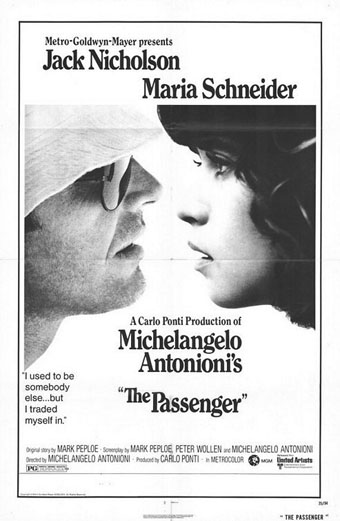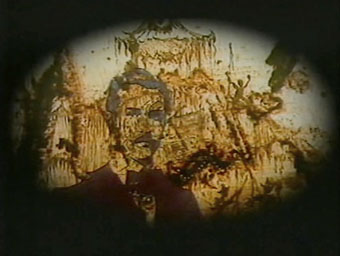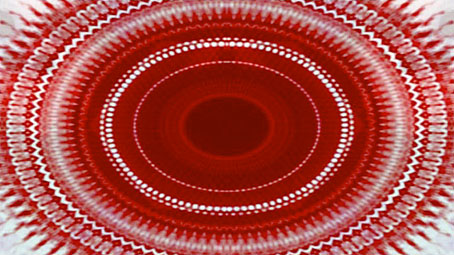
Another one bites the dust… What are the odds against two of the last surviving big names of cinema expiring in the same week? I could never get fully behind Antonioni the way I could with Bergman, I didn’t think much of the Neo-Realist school that Antonioni began as a member of while later films such as L’Avventura seemed like empty stylistic exercises. He divided opinion even among his peers—Orson Welles couldn’t bear his work whereas Stanley Kubrick put La Notte in a “ten best” list in 1963. I always enjoyed Blow-up (1966) even though it seems fatuous next to Performance while Zabriskie Point (1970) is a joke. But I like The Passenger (aka Professione: Reporter, 1975) very much.
A simple story—reporter in the Sahara swaps identities with a dead arms dealer then goes on the run—featured Jack Nicholson giving one of his last good performances before his descent into gurning self-parody. Also Ian Hendry, Steven Berkoff (between Kubrick films) and Jenny Runacre shortly before she was in Jubilee for Derek Jarman. The film works as an extended travelogue, ranging from Africa to England then into Spain as Nicholson’s character picks up student Maria Schneider on his travels and is pursued by his wife (who doesn’t believe he’s dead) and men intent on killing him. Events are resolved during a celebrated seven-minute single take where the camera passes miraculously through the iron bars of a hotel window. One of Antonioni’s finest qualities was his appreciation of architectural and cinematic space and the final shot of the film is a perfect example of this. The Passenger was out of circulation for years but is now available on DVD.
• Guardian obituary | David Thomson appreciation
Previously on { feuilleton }
• Further Back and Faster




